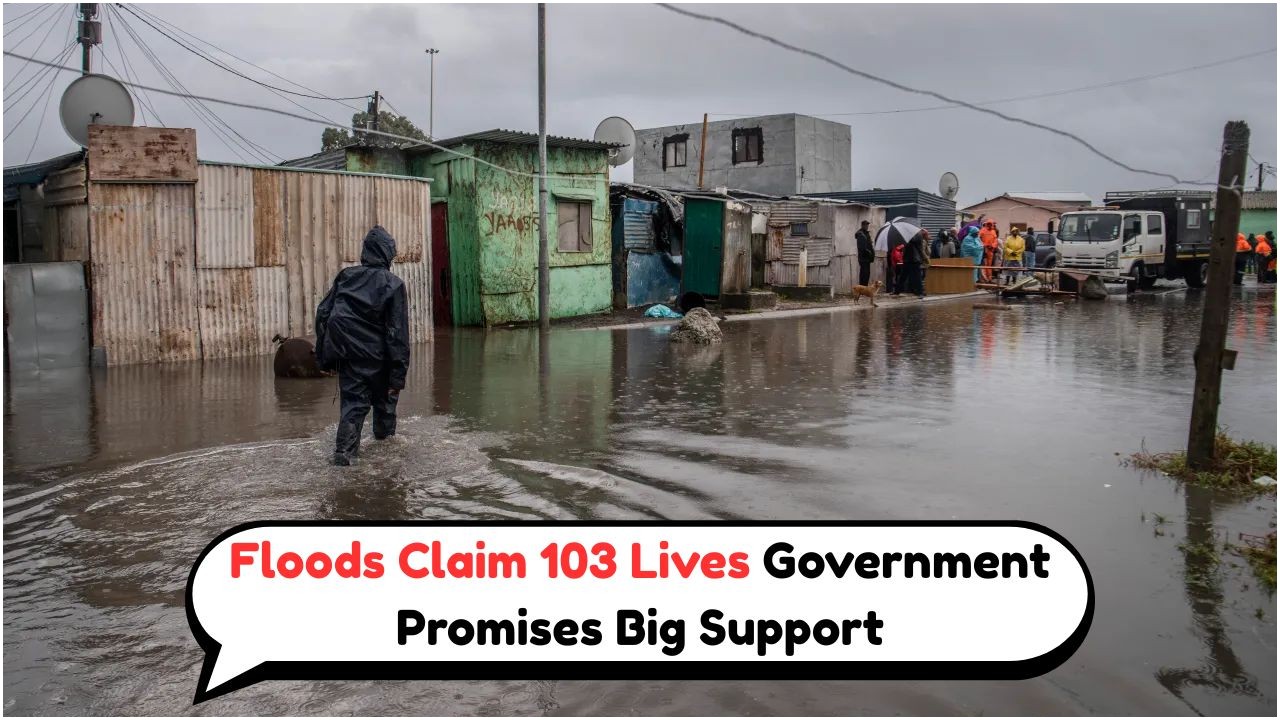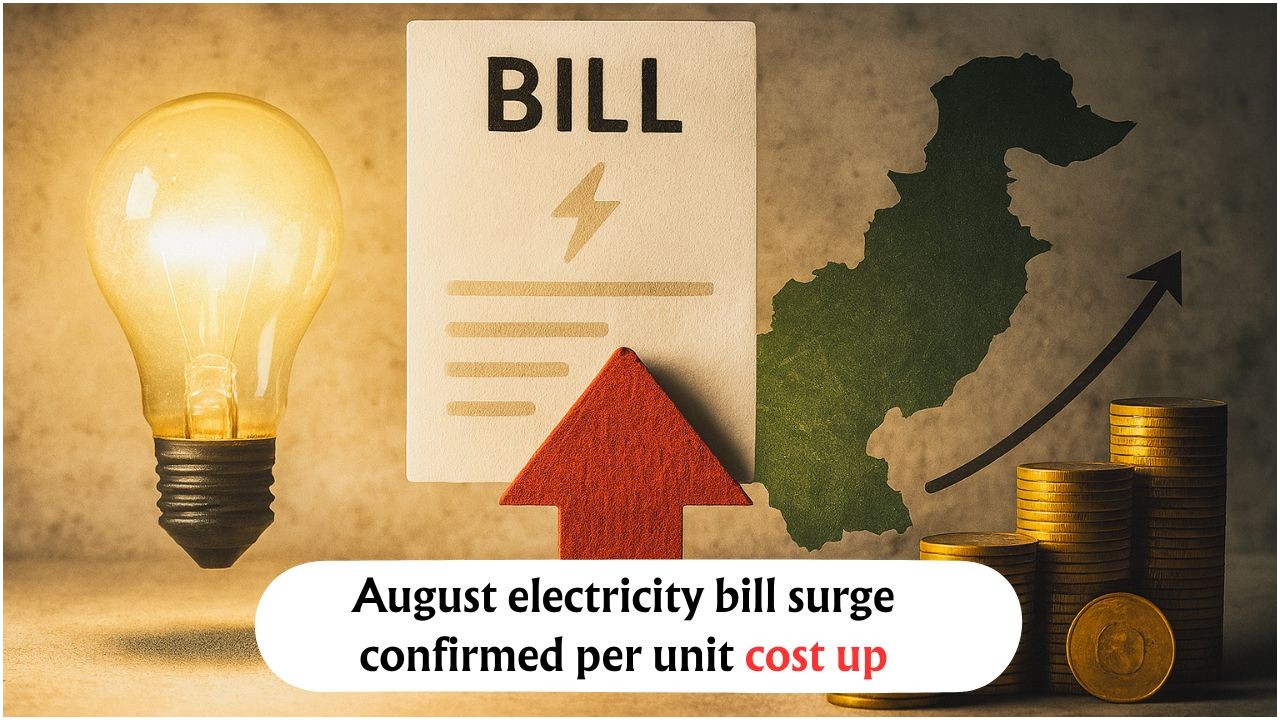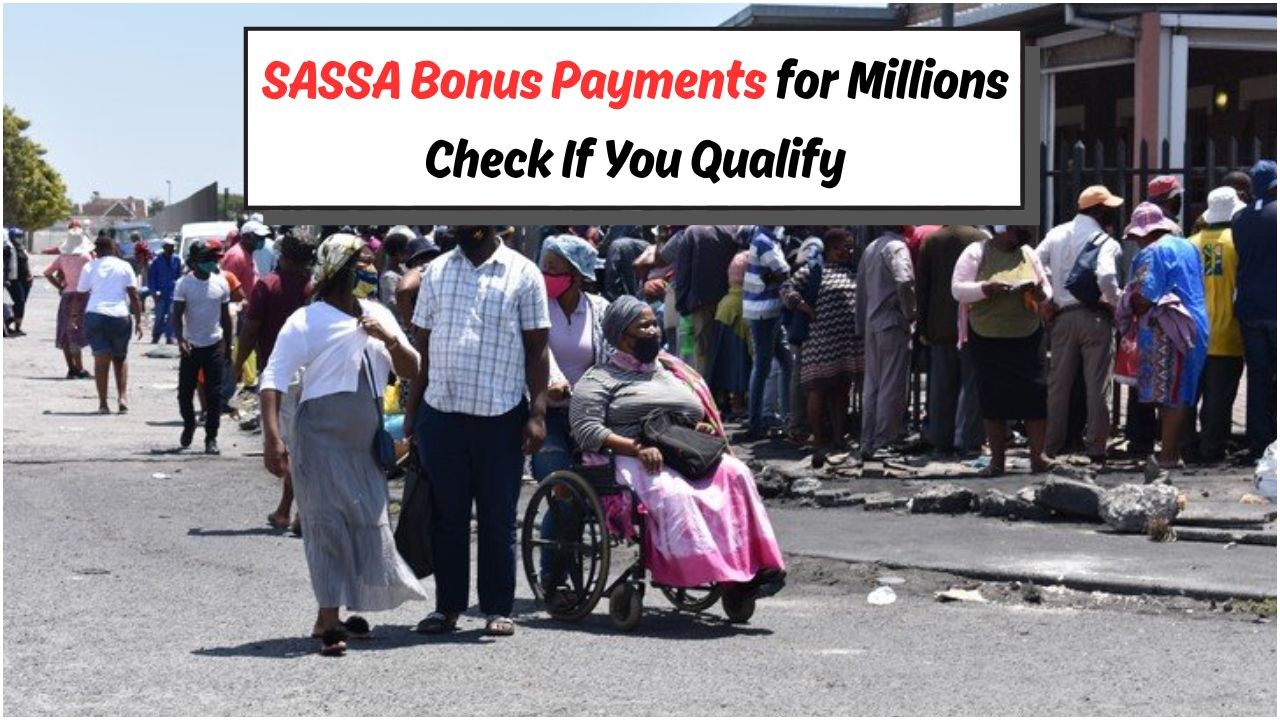Eastern Cape Flood Tragedy: Unveiling the R288 Million Plan to Rebuild After 103 Lives Lost: The Eastern Cape province of South Africa faced a devastating natural disaster as floods swept through the region, claiming 103 lives and leaving countless families in turmoil. In response to this tragedy, a comprehensive plan amounting to R288 million has been unveiled to rebuild and restore the affected communities. This initiative marks a pivotal moment in the province’s recovery efforts, aiming to provide relief and restore hope to those impacted by the disaster. The Eastern Cape, known for its vibrant culture and rich landscapes, now stands united in the wake of this catastrophe, with government officials and communities working hand in hand to overcome the challenges posed by the recent floods.
Understanding the Impact of the Eastern Cape Flood Tragedy
The Eastern Cape floods have left an indelible mark on the region, with the tragic loss of 103 lives highlighting the severity of the event. The impact extends beyond the loss of life, as the floods have uprooted families, destroyed homes, and severely damaged infrastructure. This disaster has disrupted the daily lives of thousands, creating a ripple effect that has affected local economies and communities. In the aftermath, the need for a strategic response became evident. The R288 million plan aims to address these issues by focusing on rebuilding infrastructure, providing support to affected families, and implementing measures to prevent future disasters.
- 103 lives lost in the disaster
- Thousands displaced from their homes
- Significant damage to infrastructure
- Impact on local businesses and economies
- Heightened need for emergency response measures
The R288 Million Rebuilding Plan: A Comprehensive Approach
The R288 million plan is a multi-faceted approach designed to address the immediate and long-term needs of the affected areas. This plan includes rebuilding critical infrastructure, such as roads and bridges, ensuring access to essential services for residents. Housing initiatives are also a key component, providing temporary shelters and long-term housing solutions for displaced families. Moreover, the plan emphasizes the importance of community engagement, with local leaders and residents playing an active role in the rebuilding process. Additionally, the plan outlines measures to improve disaster preparedness, aiming to mitigate the impact of future natural disasters.
| Component | Details | Budget Allocation |
|---|---|---|
| Infrastructure | Rebuilding roads and bridges | R120 million |
| Housing | Temporary and permanent housing solutions | R80 million |
| Community Engagement | Involving local leaders in planning | R28 million |
| Disaster Preparedness | Implementing preventive measures | R60 million |
Community Resilience and Recovery
Community resilience is at the heart of the recovery process in the Eastern Cape. The rebuilding efforts aim not only to restore infrastructure but also to empower communities to recover and thrive. Initiatives focused on education, health care, and local business support are integral to this process. Educational programs aim to provide children with a sense of normalcy, while health care initiatives ensure that medical services are accessible to all. Supporting local businesses is also a priority, with financial assistance and resources available to help them recover and rebuild.
- Education programs for affected children
- Accessible health care services
- Support for local businesses
- Community-driven recovery initiatives
- Focus on long-term sustainability
The Role of Government and NGOs in Recovery Efforts
The South African government, alongside non-governmental organizations (NGOs), plays a crucial role in the recovery and rebuilding efforts in the Eastern Cape. Government agencies are responsible for coordinating the implementation of the R288 million plan, ensuring that resources are allocated efficiently and effectively. NGOs complement these efforts by providing additional support, such as emergency relief supplies and specialized services for vulnerable groups. The collaboration between government bodies and NGOs is essential to address the diverse needs of the affected communities and ensure a comprehensive recovery strategy.
- Government Coordination: Leading the rebuilding efforts
- NGO Support: Providing specialized assistance
- Resource Allocation: Ensuring efficient use of funds
- Community Involvement: Engaging local leaders
Challenges in Implementing the Rebuilding Plan
While the R288 million plan is a significant step forward, implementing it presents several challenges. One major challenge is ensuring that all affected areas receive adequate resources and support. Additionally, rebuilding efforts must navigate bureaucratic processes, which can sometimes delay progress. There is also the challenge of balancing immediate relief efforts with long-term sustainability goals. To address these challenges, the plan emphasizes transparency and accountability, with regular updates provided to stakeholders and the public.
| Challenge | Description | Solution |
|---|---|---|
| Resource Allocation | Ensuring equitable distribution | Regular assessments and adjustments |
| Bureaucratic Processes | Delays in implementation | Simplifying procedures |
| Balancing Goals | Immediate vs. long-term needs | Integrated planning approach |
Future Preparedness and Mitigation Strategies
Beyond rebuilding, the Eastern Cape’s recovery plan includes strategies for future preparedness and disaster mitigation. These strategies focus on improving early warning systems, enhancing communication networks, and strengthening community education on disaster response. By investing in these areas, the province aims to reduce the risk of future disasters and ensure that communities are better equipped to respond when emergencies occur.
- Early Warning Systems: Enhancing technology and infrastructure
- Communication Networks: Improving information dissemination
- Community Education: Training residents in disaster response
- Preventive Measures: Developing risk reduction strategies
FAQ Section: Eastern Cape Flood Recovery
What caused the Eastern Cape floods?
The floods were caused by heavy rainfall and poor drainage systems, exacerbated by climate change.
How can affected families get assistance?
Affected families can contact local disaster management offices for information on available support and resources.
What is being done to prevent future floods?
The rebuilding plan includes improving drainage systems and implementing community education programs on disaster preparedness.
How will the R288 million be allocated?
The funds will be used for rebuilding infrastructure, housing initiatives, community engagement, and disaster preparedness measures.










